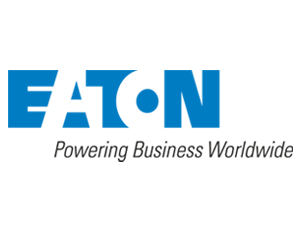Edge could also support all the connected devices and equipment in a digitally enabled classroom. It could empower schools to track and understand the ways in which students on the playground interact with sensor-enabled educational toys and equipment.
Security, too, is an area where edge technology promises to ease the workload on K–12 IT teams while simultaneously driving better outcomes.
“This is about enhanced security protocols, things like automatic door-locking mechanisms, and audio and video surveillance,” Hill says. “With edge computing, you can relay that information back in real time, with automated tools to help security personnel understand what they’re seeing.”
But all these promising use cases come with a caveat: To take advantage of edge capabilities, districts will need to put renewed emphasis on power management.
Manage Power Needs in K–12 Schools to Prepare for Edge Technology
With more devices operating across a wider physical footprint, power management becomes a central consideration.
“Schools need to think about how they’re going to set up the power architecture. They need to look at power distribution and power quality,” Hill says. “They need new ways to lower overhead costs while supporting critical functions for students and teachers.”
To that end, district IT professionals need tools that provide a granular view of their power infrastructure. “You want the ability to identify — down to the slide- or tray-level of a battery string — whether it has gone to fault or whether a certain power module is going bad,” Hill says.
A modular approach to power management makes it easy to change out a battery tray or swap out an individual component, even with the system running.












